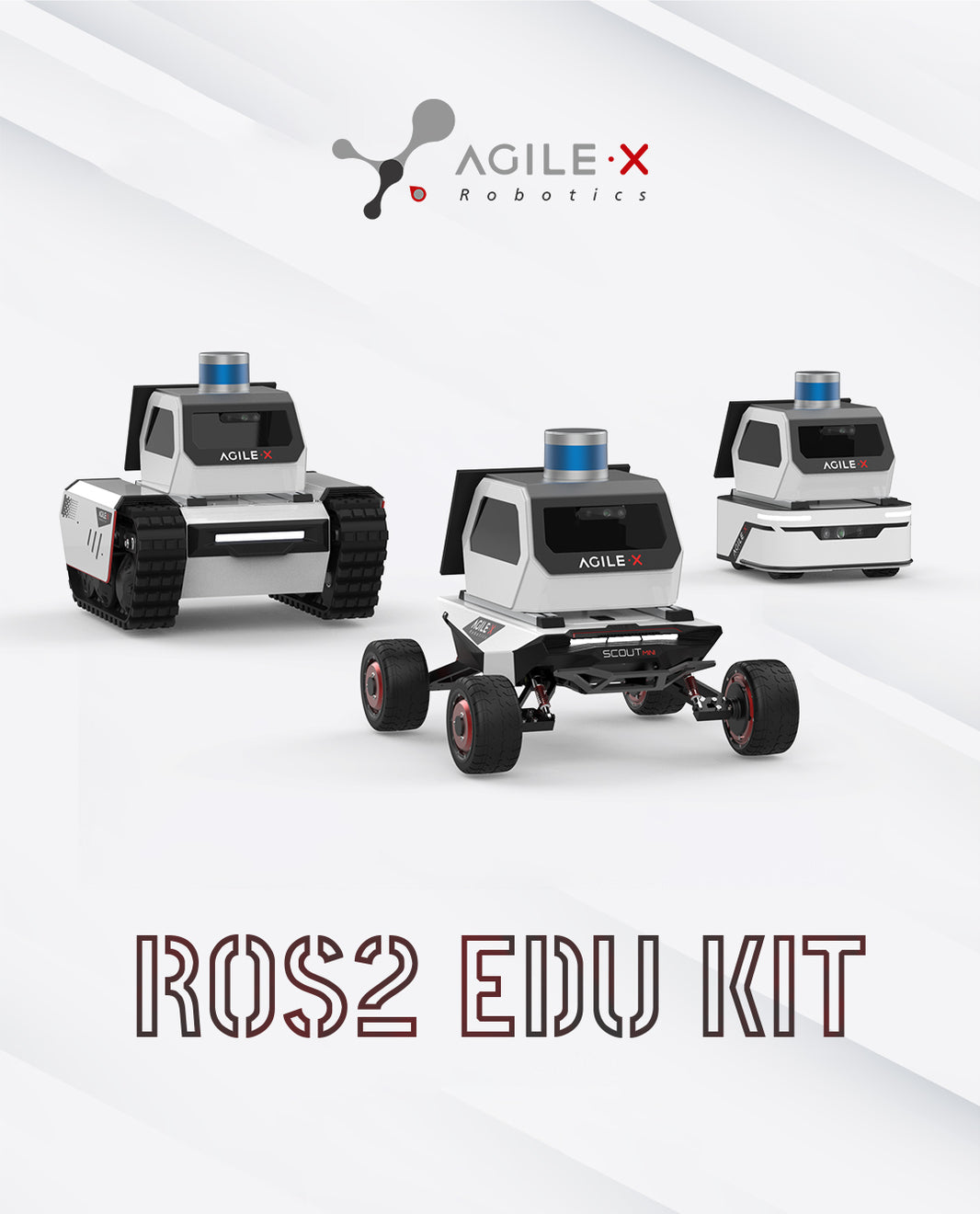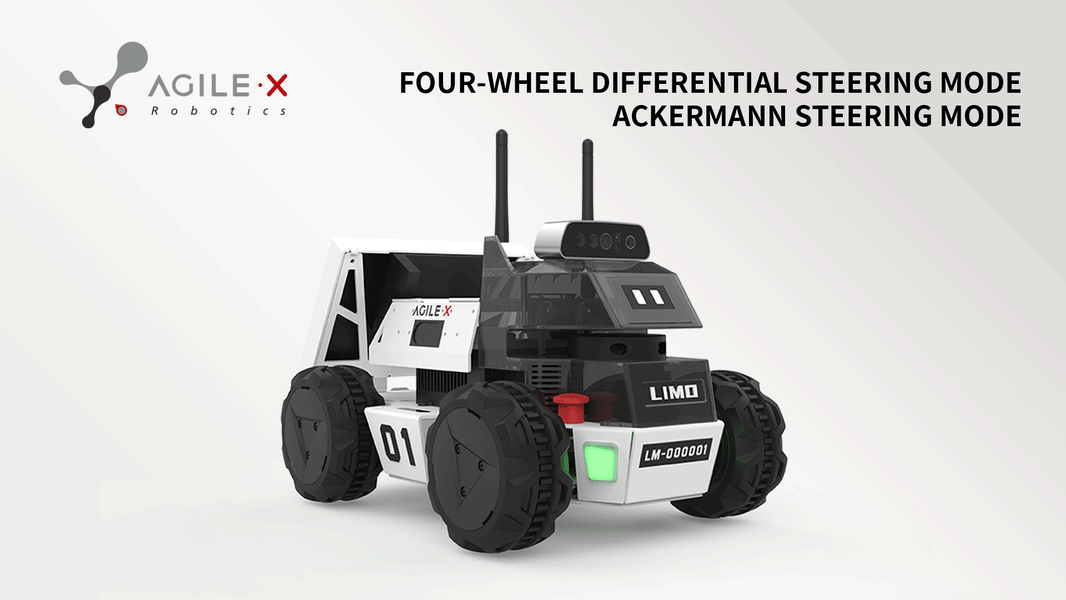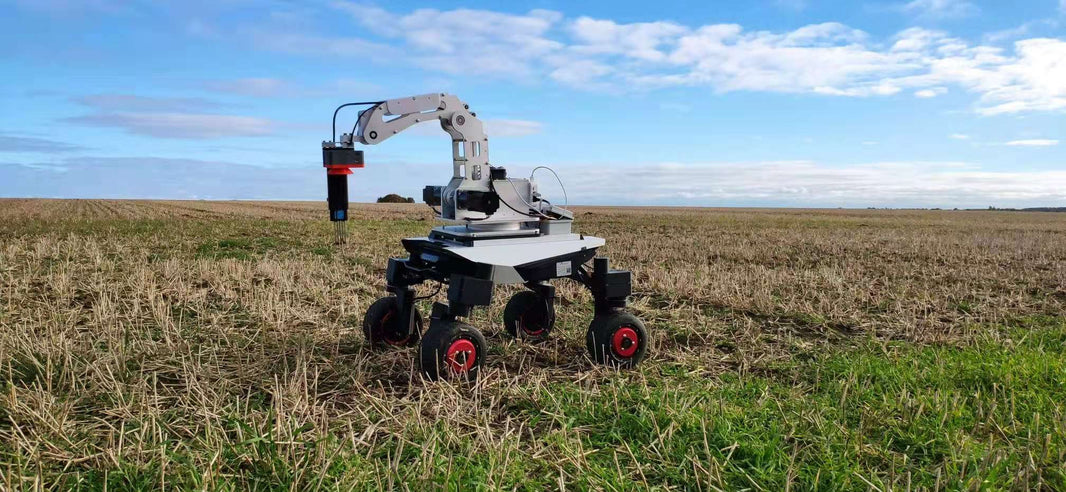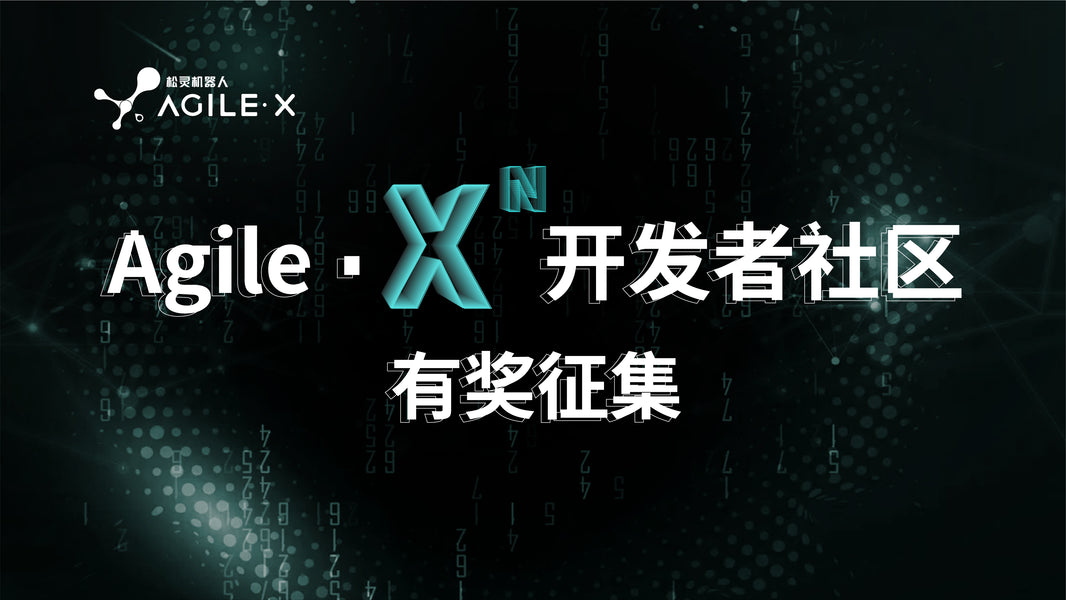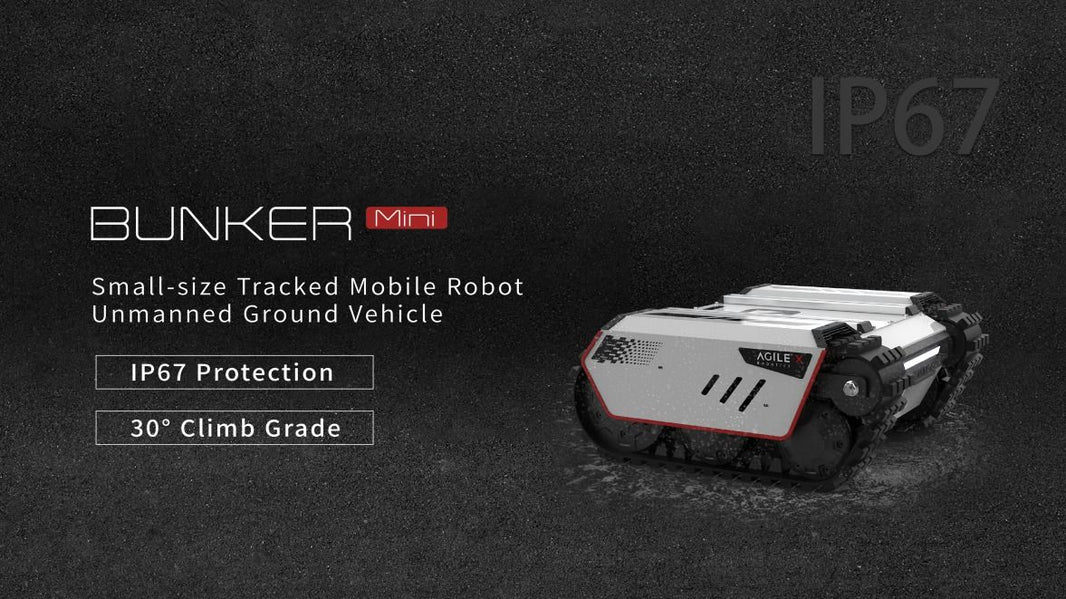The development of mobile robots pursues rapidity and scalability, usually involving conventional development issues such as autonomous navigation and following. The intelligent and autonomous functions of the robot can be realized quickly and free from human factors, so that intelligent robot applications can be truly realized.

Based on this, before realizing the whole functional requirements of the robot, development engineers often need to choose the key part of the mobile robot-the mobile robot platform. A suitable robot mobile platform with rapid secondary development capabilities is undoubtedly very helpful for reproducing these functions.

How fast and convenient can AgileX Robotics help customers complete secondary development? Let's take a look at how the team of the School of Control Science and Engineering of Zhejiang University (hereinafter referred to as the School of Control) used the AgileX mobile robot platform to quickly reproduce the conventional functions of the robot in a week.
Due to research and development needs, the School of Control of Zhejiang University purchased a robot chassis--HUNTER, as shown in Figure 1. The HUNTER used an Ackerman mechanical structure with a built-in underlying control program. It only needs to be connected to the control box developed by us through the CAN bus to realize the control of the chassis, which greatly improves the development efficiency.

Figure 1 HUNTER robot chassis (Click the picture to know more)
Based on the HUNTER robot, a multi-line lidar, IMU and camera were installed, and it took only a week for engineers to reproduce the conventional functions of the robot: following, 3D mapping, autonomous navigation, remote control, etc., the overall structure of the robot has shown in picture 2.

Figure 2 The overall structure of the robot
Function Instruction
01 Following
The following function was implemented on the quadruped robot previously and added a local navigation obstacle avoidance function. You can see that the robot's motion effect is still pretty good.
Video 1 Quadruped robot following function reappeared
For the robot vibrate, the team of the School of Control used IMU data to optimize the following program. Video 2 is about an anti shaking test.
Video 2 Anti shaking test
Video 3 is showing the following function on the chassis of the HUNTER. The following function is complete, and can also be used to extend the reverse parking function.
Video 3 HUNTER robot following function reappeared
02 3D mapping
The 3D mapping function has two modes, offline and online. Offline mode is to collect sensor data first, and then automatically building a 3D map through a mapping program in the background. Online mode is to build the map while collecting sensor data. The map building is shown in video 4.
Video 4 HUNTER robot mapping function reappeared
03 Local navigation
Video 5 is about the local navigation function. This kind of local navigation can make a planning path that does not use map data and prior data. Compared conventional static map planning, the advantage is that there is no need to build the map and can be used very conveniently in an unfamiliar environment.
Video 5 HUNTER robot local navigation function reappeared
It can be seen that through the reproduction functions above, the robot has the basis for engineering implementation. Choosing a suitable mobile robot platform with rapid secondary development capabilities not only greatly shortens the development cycle, but also expands the demonstration and practical application of robots, such as security inspection, logistics and transportation, disinfection and epidemic prevention. At the same time, the mobile robot platform is complete and efficient in supporting various systems and ROS community. If you want to know more about this customer case, you can contact the person through the following contact information!
Name: Zhichen Xu
Contract: 18868805838
Email: 807552127@qq.com


